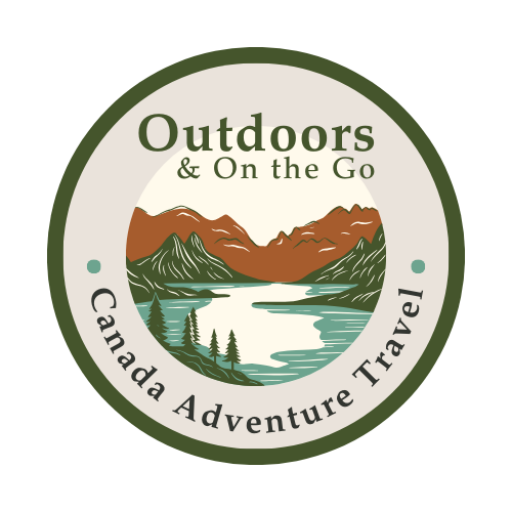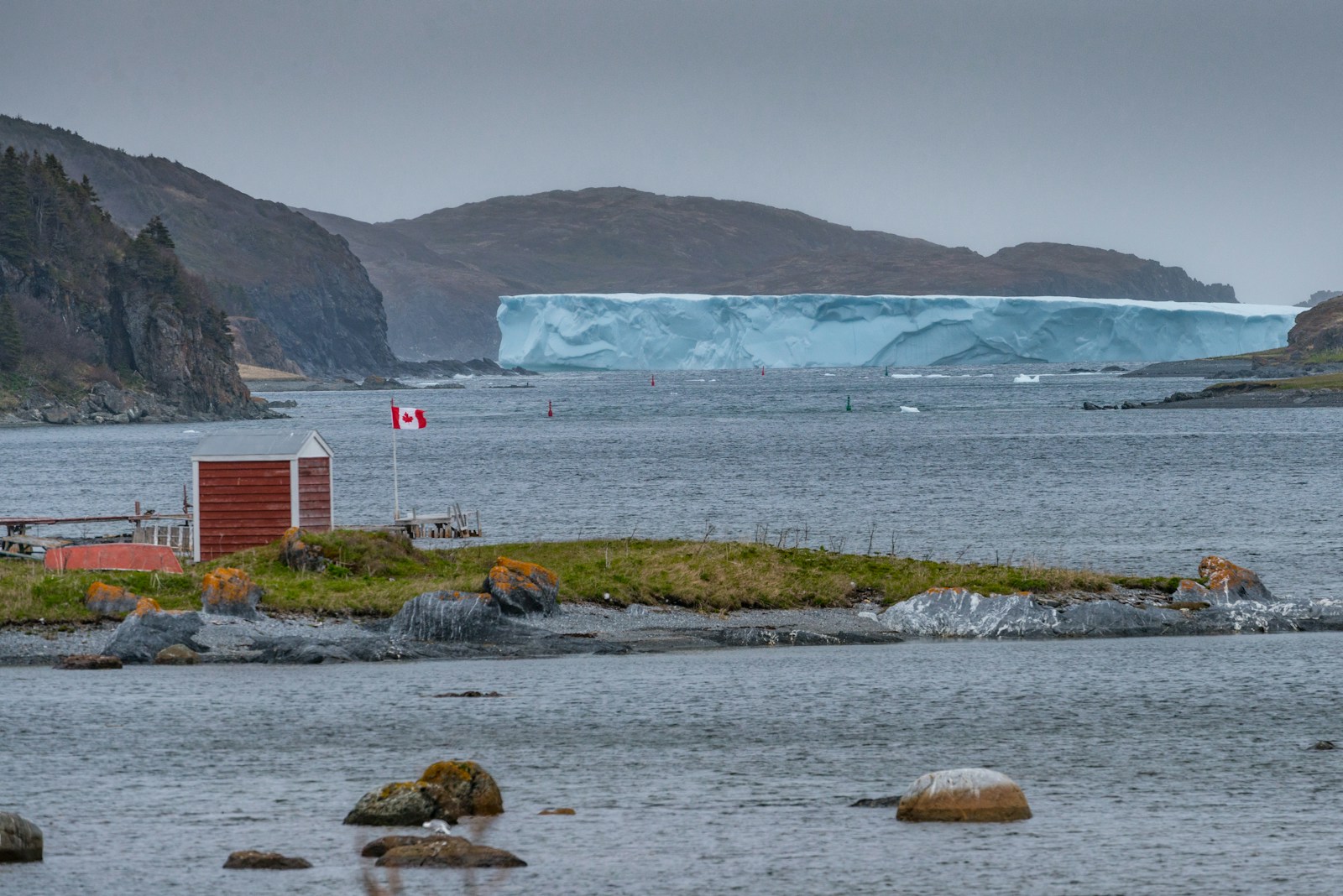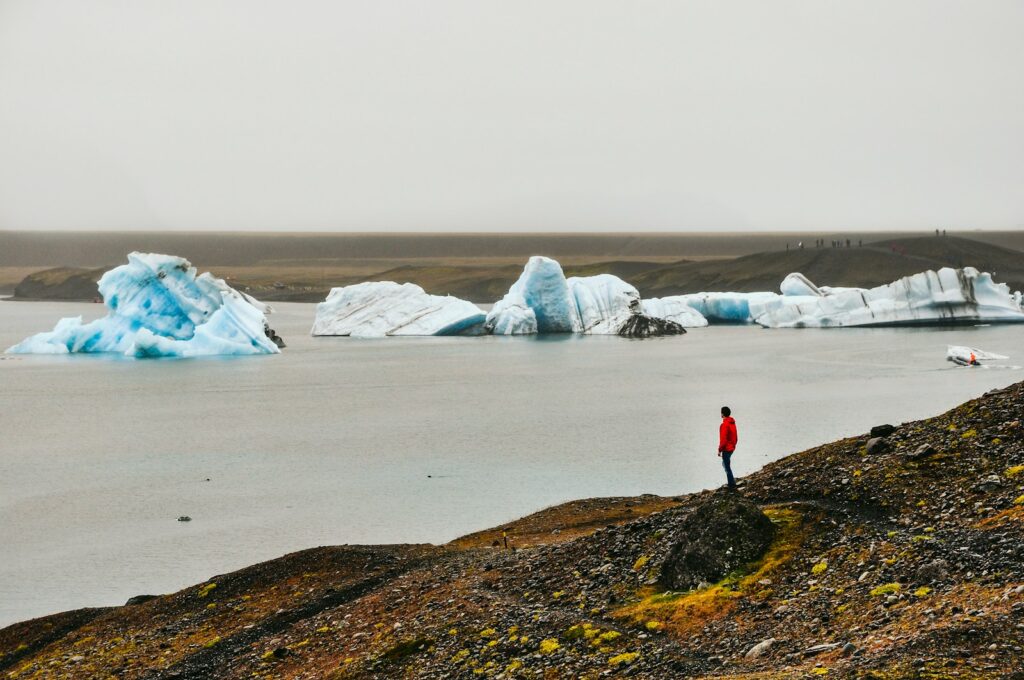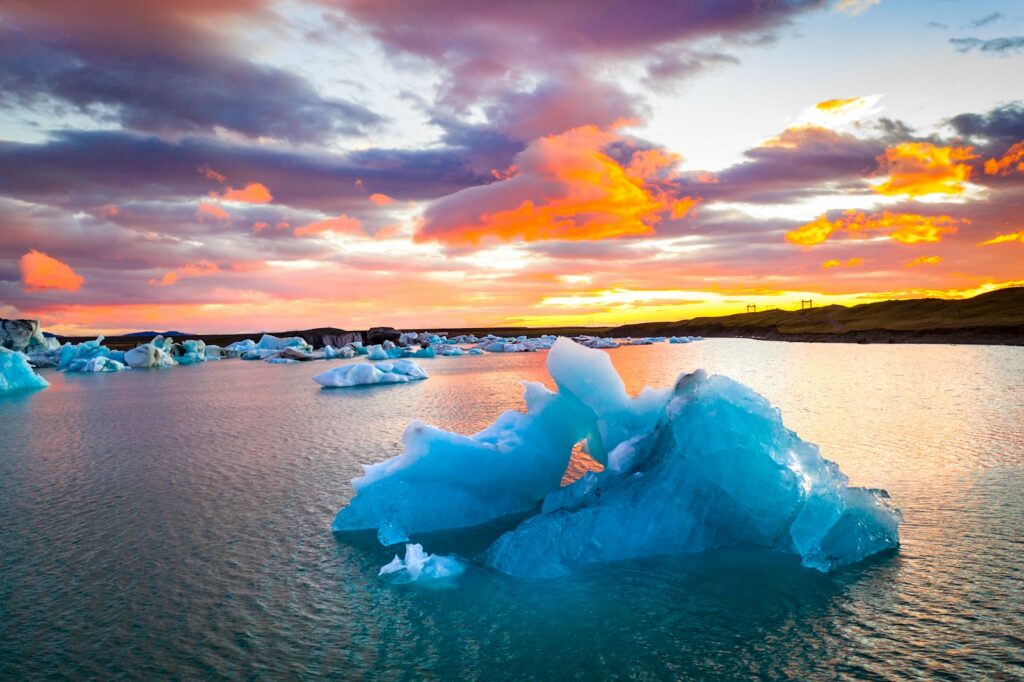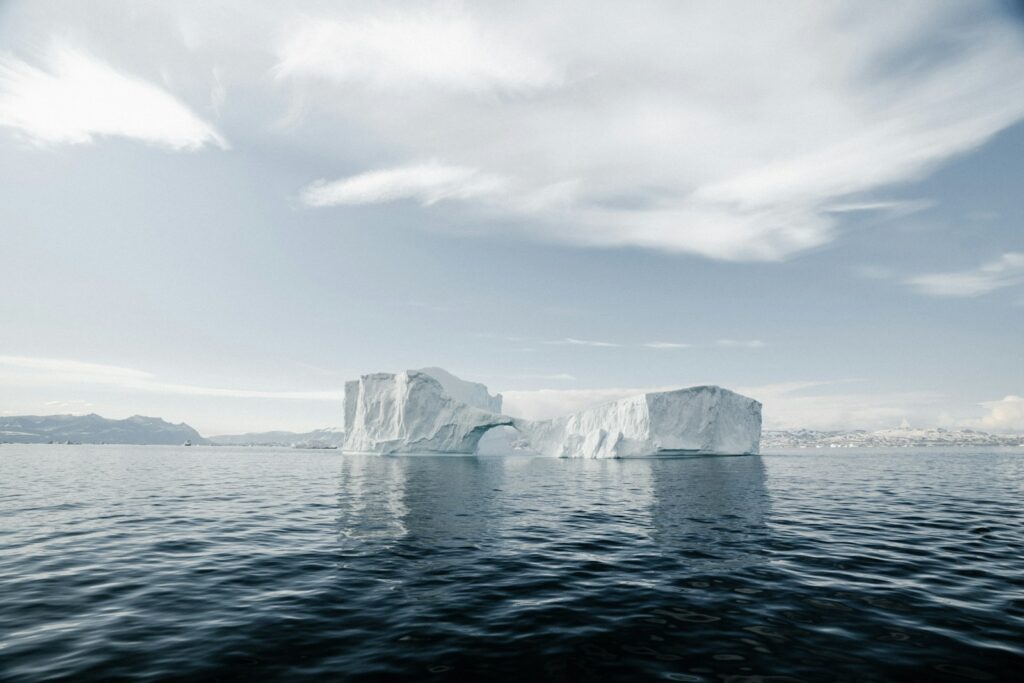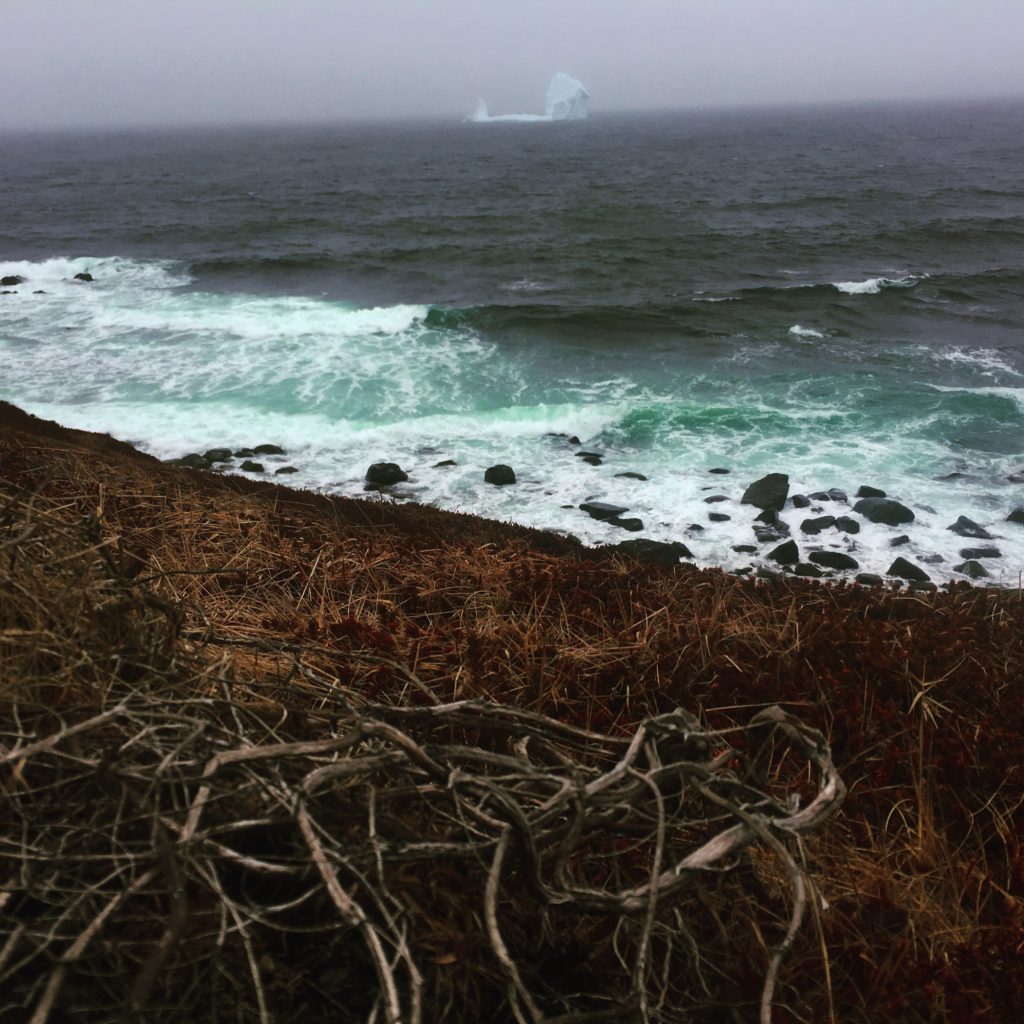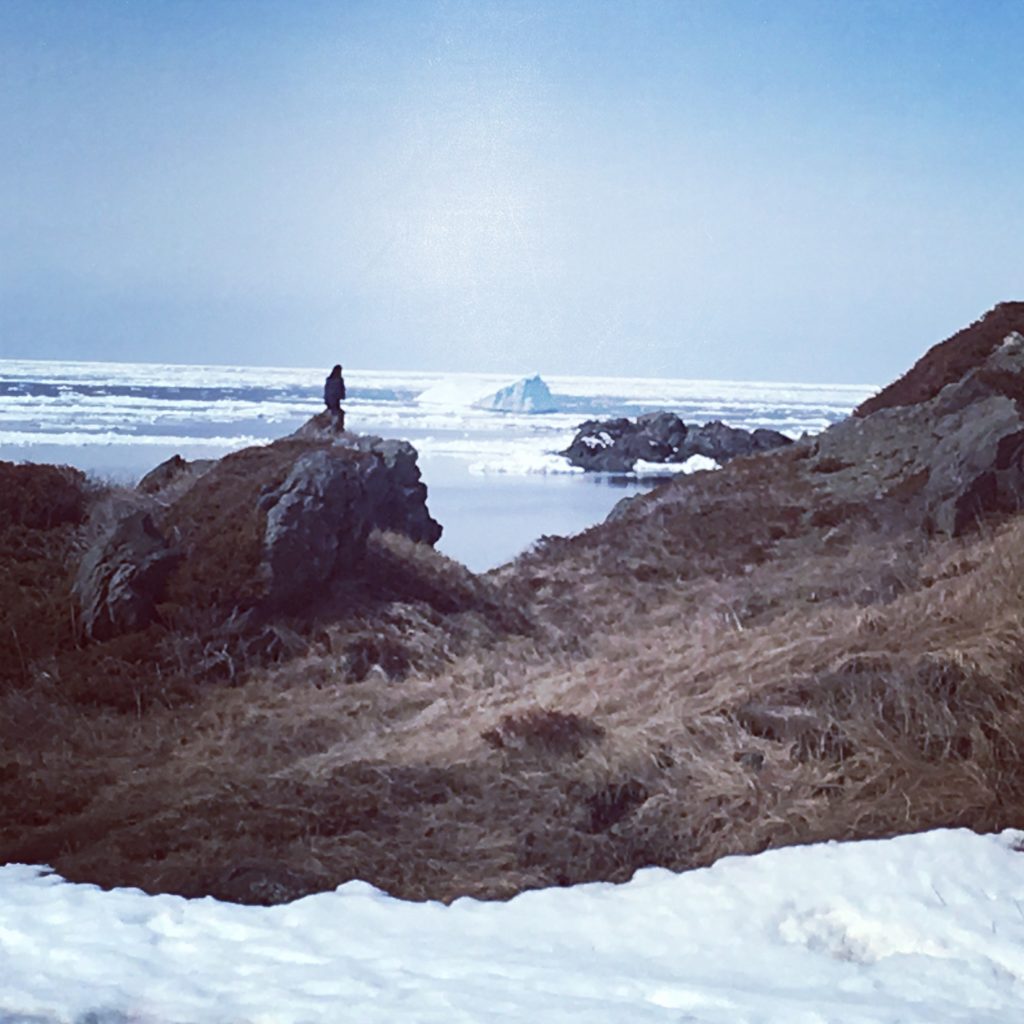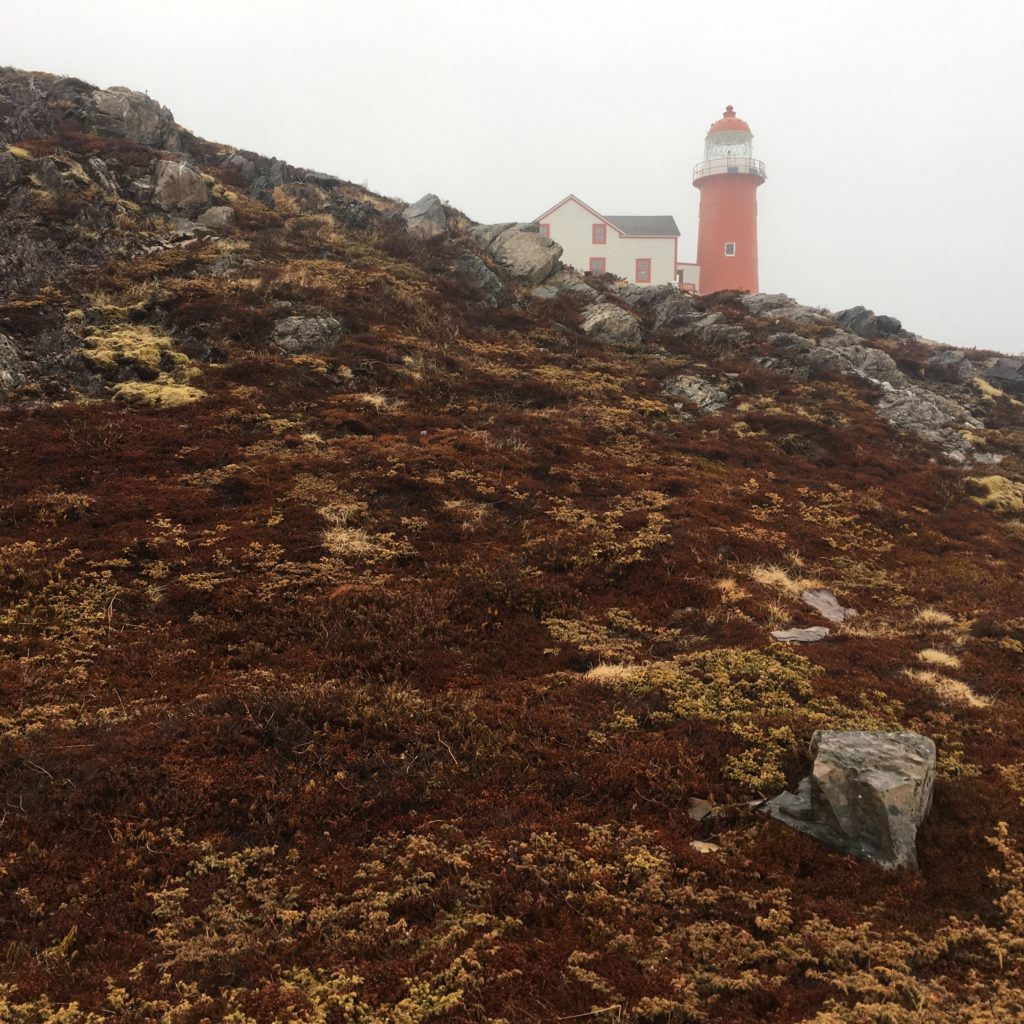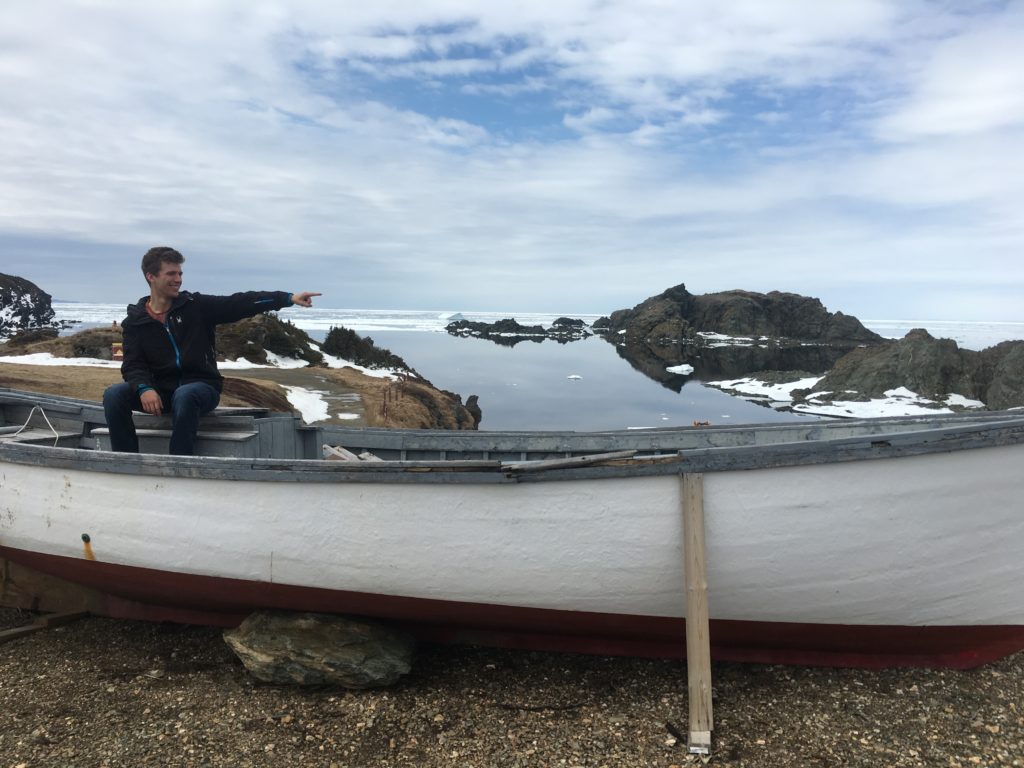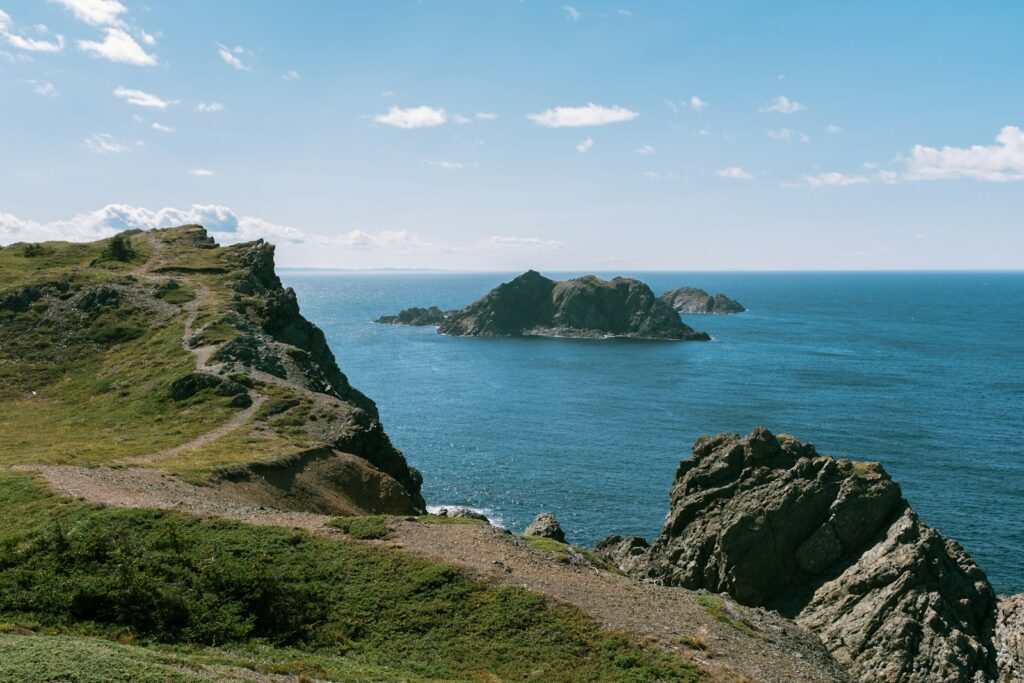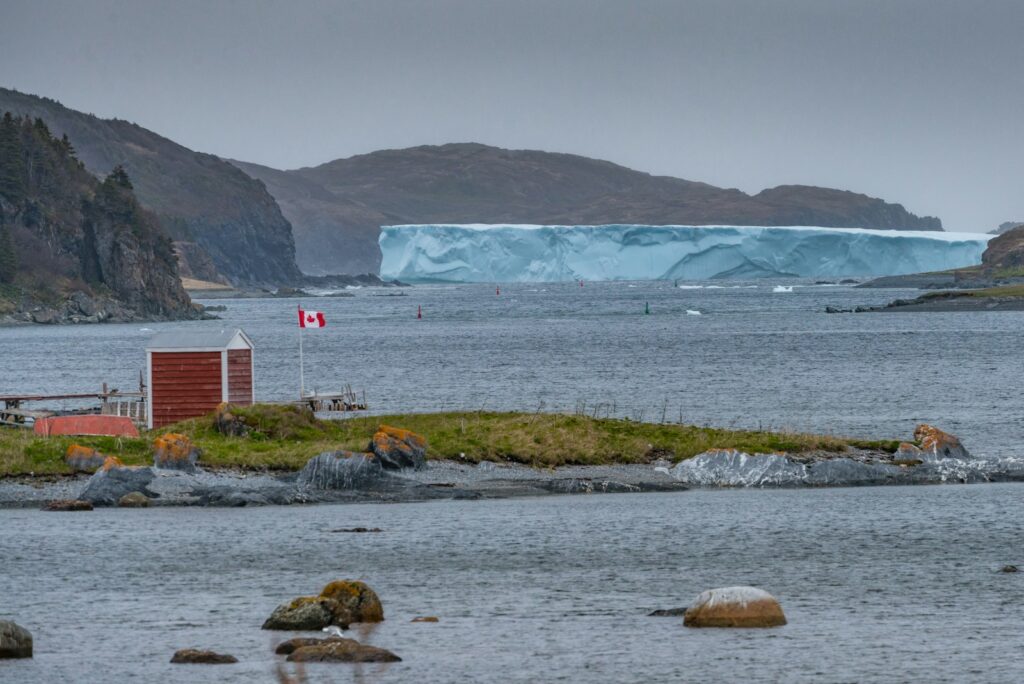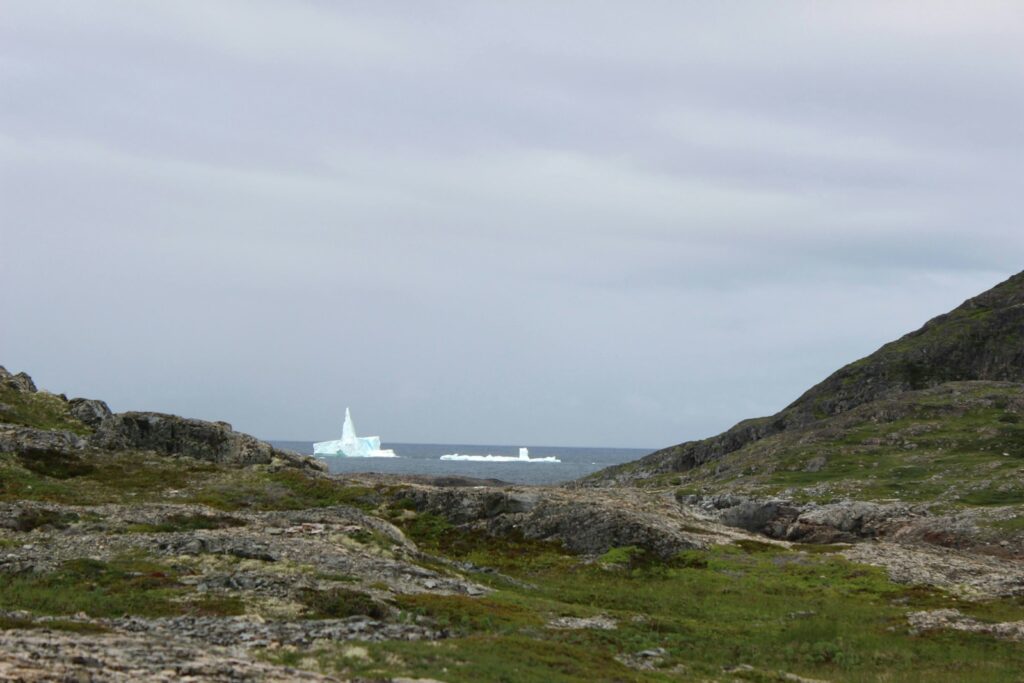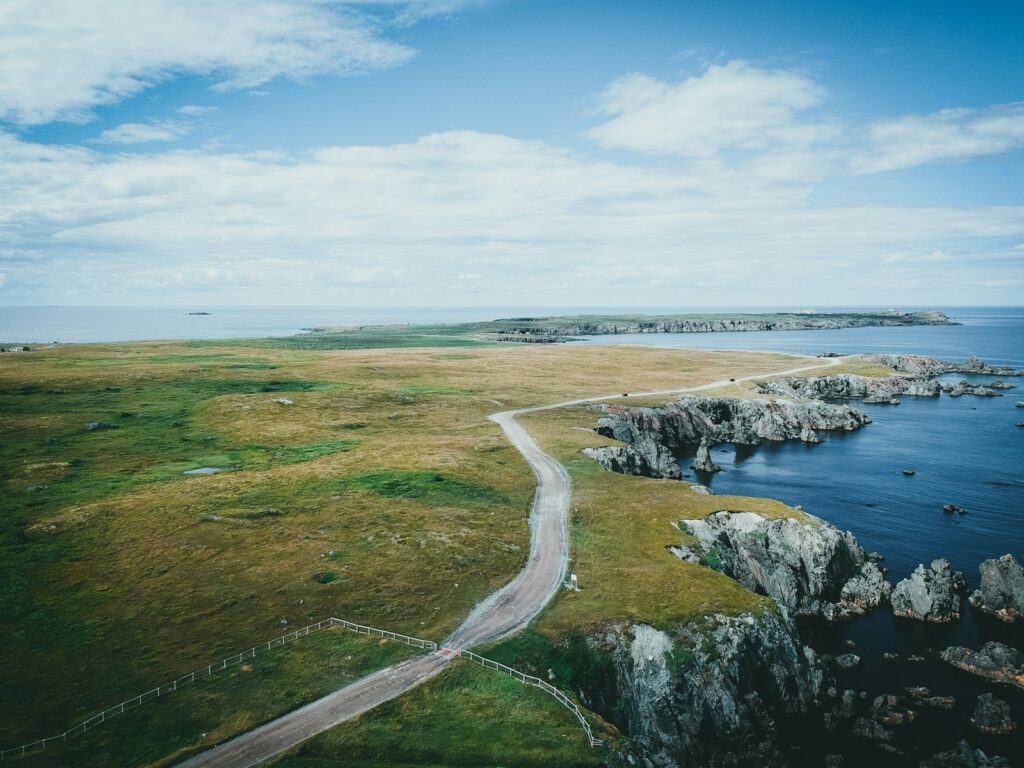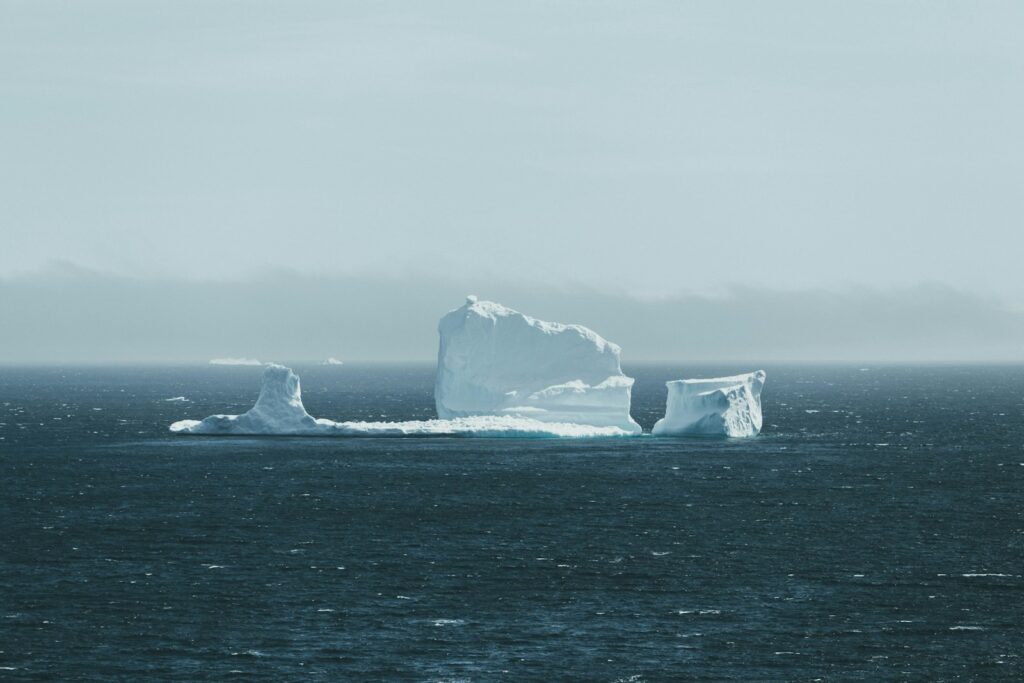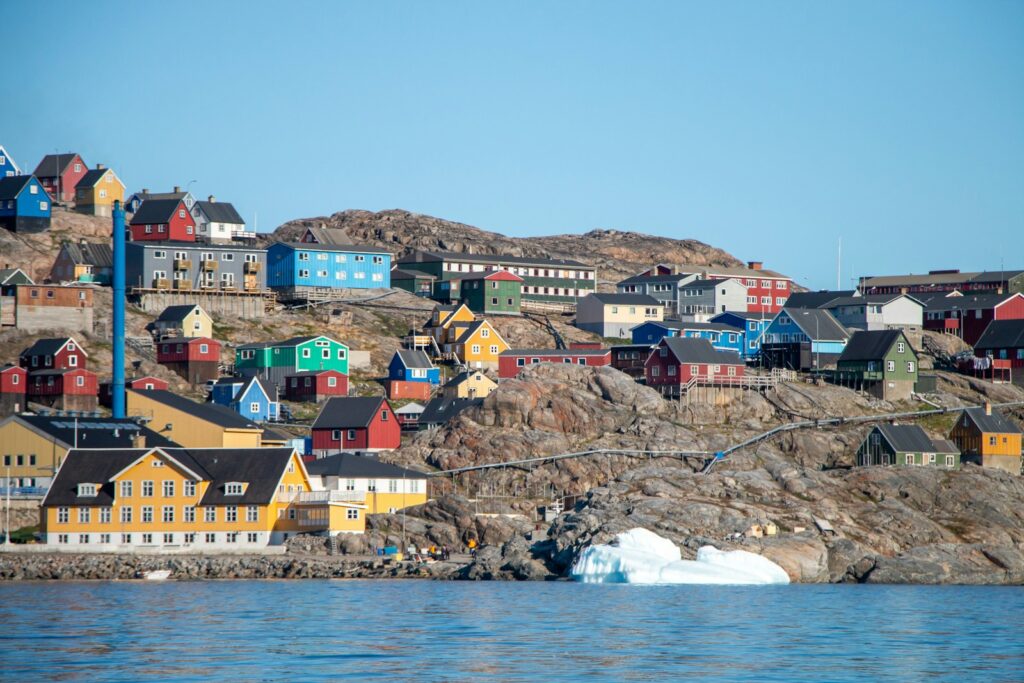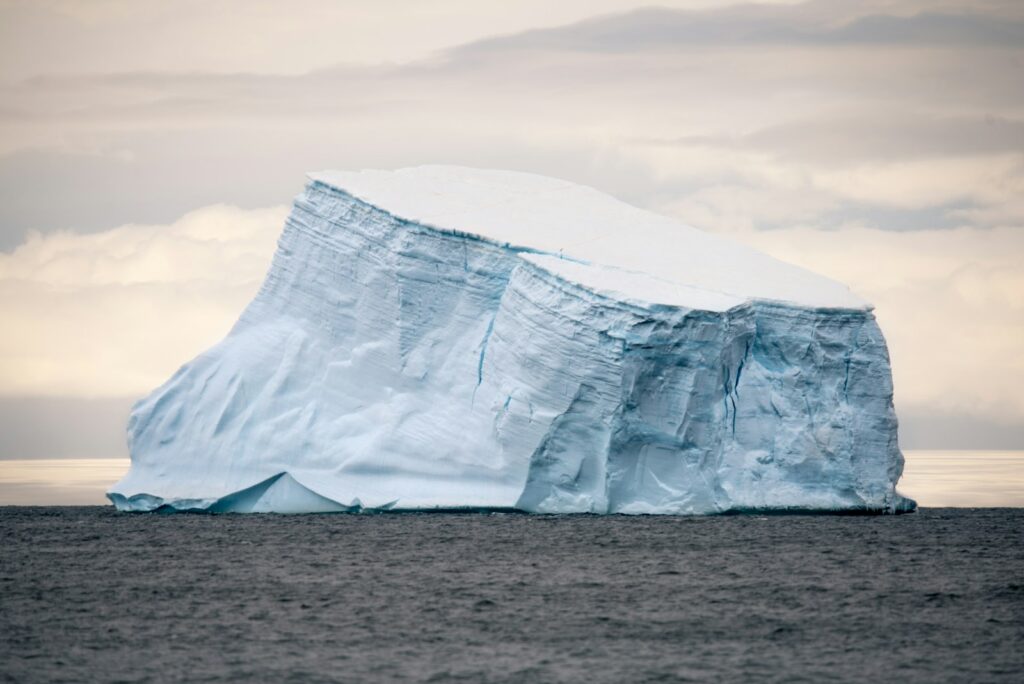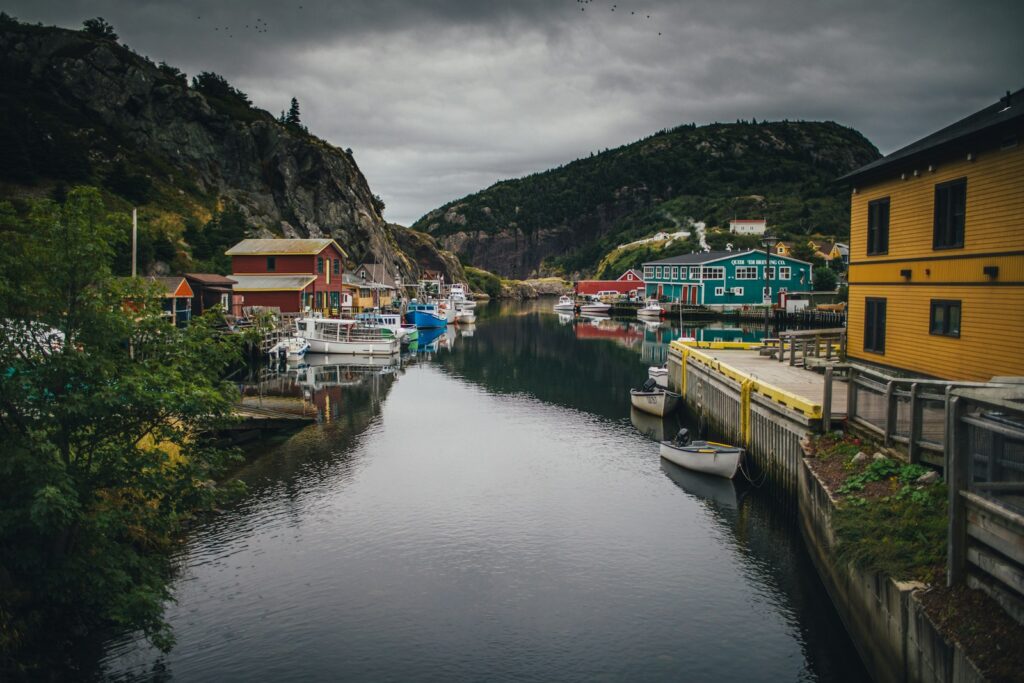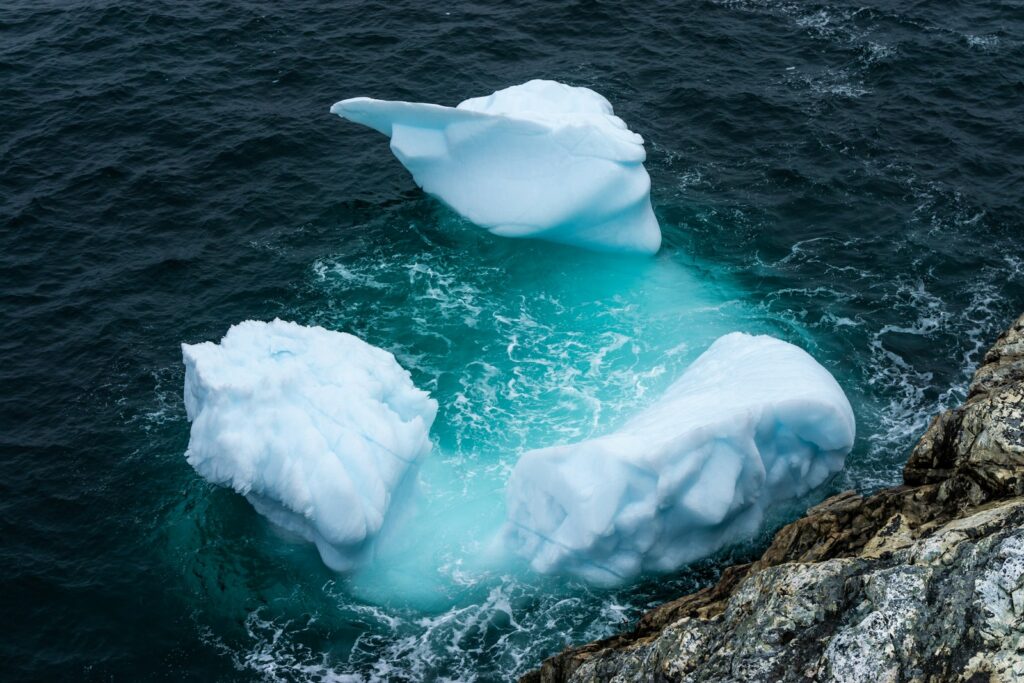If you’ve ever dreamed of witnessing towering icebergs up close, this is the ultimate adventure for you. Over the course of four days, we embarked on an unforgettable road trip along Newfoundland’s breathtaking coastline, chasing the legendary Iceberg Alley. From rugged coastal hikes to thrilling boat tours, we discovered the best vantage points for spotting these icy giants. Whether you’re a seasoned traveler or a first-time visitor, this guide will help you plan your own iceberg-hunting journey with expert tips, scenic routes, and must-see stops along the way.
Ads are how we keep our blog free for you to enjoy. We also use affiliate links; if you make a purchase through them, we may receive a small commission at no cost to you.
Looking for more Newfoundland travel tips and inspiration? Check out these other posts:
What to Pack for Newfoundland: Your Essential Checklist
Newfoundland’s unpredictable weather and rugged landscapes mean smart packing is key! Whether you’re hiking in Gros Morne, whale watching in Twillingate, or road-tripping, the right gear will keep you warm, dry, and ready for adventure.
🚀 Want a printable checklist? Grab your free Newfoundland Packing List here!
Best Time to See Icebergs in Newfoundland
The best time to see icebergs in Newfoundland is from April to early July. During this period, colossal icebergs that have calved off Greenland’s glaciers drift south along the Labrador Current, creating the spectacular natural phenomenon known as Iceberg Alley.
Here’s what to expect by month:
- April to May: Early in the season, icebergs begin appearing along the northern and eastern coasts, particularly around St. Anthony and Twillingate.
- June: This is peak iceberg season, with bergs visible along the entire eastern coast, from the Northern Peninsula to St. John’s.
- July: While fewer icebergs remain, this is a great time to spot the last drifting bergs, especially in more southern regions like Bonavista and St. John’s.
Weather conditions also play a role. Fog is common in spring, so clear days offer the best visibility. If you want an unforgettable experience, boat tours and coastal hikes provide the best vantage points to witness these towering ice giants up close.
How to Hunt for Icebergs
Much like any other kind of hunting, iceberg spotting requires knowing where to go and having the right gear. The best part? No experience is required!
Icebergs are most commonly seen along the east coast of Labrador, the Northern Peninsula, and the northeastern shores of Newfoundland. This whole region is collectively called ‘Iceberg Alley’.
- Step 1 – Find out where there are icebergs.
- Step 2 – Drive there.
- Step 3 – Hike the shoreline with binoculars or camera in hand, looking for icebergs in coves, at sea or on the horizon.
How to Know Where to Go
Before hitting the road, check these sources for real-time iceberg locations:
- Iceberg Finder – An interactive map that tracks icebergs around the province aka the “newfoundland iceberg tracker”.
- Newfoundland Iceberg Reports Facebook Page – Locals share up-to-date iceberg sightings and photos.
- Twitter – @IcebergTweets – For real-time iceberg alerts.
Essential Gear for Iceberg Viewing
To enhance your iceberg hunting experience, pack these essentials:
- Binoculars – For spotting distant bergs on the horizon.
- Camera with a Telephoto Lens – To capture incredible details of these floating giants.
- Waterproof & Windproof Jacket (and Pants!) – Coastal winds can be harsh, and spring weather in Newfoundland is unpredictable.
- Warm Hat and Gloves – Even in spring, the chill from icebergs and the Atlantic breeze is real!
Our Route – A Self-Drive Iceberg Alley Adventure
Day 1: Iceberg Hunting & Hiking in Twillingate
Twillingate delivered everything we hoped for and more! We started the day with a hike from Sleepy Cove to Nanny Hole and the Long Point Lighthouse, taking in spectacular coastal views and spotting several icebergs along the way.
For the best iceberg sightings in Twillingate, Long Point Lighthouse, one of the most iconic iceberg-viewing locations in the area. You can drive right up to the lighthouse or hike up from Sea Breeze RV park. From its high vantage point, we could see icebergs floating in the open ocean, with seabirds circling above and waves crashing below.
To get even closer to these massive ice formations, we booked a boat tour with Iceberg Quest Ocean Tours. This incredible experience took us right alongside towering icebergs, where we could witness their striking blue hues and hear the ice crack as it slowly melted into the sea. The crew provided fascinating insights into iceberg formation, history, and the wildlife that inhabits the surrounding waters.
Upon arrival at HI Tides Hostel, we met fellow travelers, Eva and Falk from Germany, and spent the evening swapping travel stories and tips on the best iceberg hunting spots.
Overnight Recommendations:
Day 2: Drive the Trinity Loop to Bonavista
From Twillingate, we drove east towards Bonavista, making stops along the way to admire the rugged coastline and spot more icebergs drifting offshore. We explored the Trinity Loop, where we counted over 30 icebergs on the horizon! With the pack ice still in, the seascape was otherworldly.
The drive from Twillingate to Bonavista took approximately 4.5 hours, following Route 330 to Gander and then heading south along the Trans-Canada Highway before taking Route 230 towards Bonavista. Along the way, we passed charming fishing villages, scenic viewpoints, and historical sites.
That night, we embraced the true road trip spirit and car camped in the back of our Kia Rio—cozy, simple, and budget-friendly!
Overnight Recommendations:
Day 3: Iceberg Hunting in Ferryland
Next stop: Ferryland, a small town with a big reputation for iceberg sightings. After a scenic drive along the coast, we hiked to the Ferryland Lighthouse, a prime spot for iceberg viewing. We explored the beaches and small side trails, each offering different perspectives of the massive berg floating just offshore.
That evening, we opted for a more comfortable stay at Mark’s two-bedroom Airbnb, a cozy retreat after a long day outdoors.
Overnight Recommendations:
Day 4: Icebergs Along the East Coast Trail
Our final day started with a sunrise drive to Cape Spear, the easternmost point of North America. To our delight, there were three to four icebergs in the area—a breathtaking way to begin our last day of iceberg hunting.
From Cape Spear, we explored some of the best iceberg viewing locations around St. John’s. Signal Hill offered panoramic views of icebergs drifting past the rugged coastline, while Quidi Vidi provided a picturesque setting to admire these frozen giants near the historic fishing village.
For those wanting a scenic hike with iceberg views, the East Coast Trail was an excellent option. We walked a portion of the trail near Torbay Point and Cape St. Francis, both of which provided incredible vantage points for spotting icebergs just offshore.
Overnight Recommendations:
- Iconic Red Top Of The Battery Parking
- Quidi Vidi Retreat
- Bay Bulls Waterfront Steps Totrail & Boat Tours!
Best Iceberg Alley Boat Tours in Newfoundland
If you want to get up close and personal with these majestic icebergs, a boat tour is the way to go. Here are some of the best iceberg boat tours in Newfoundland:
- St. Anthony: Northland Discovery Boat Tours – A fantastic tour in northern Newfoundland, offering iceberg, whale, and seabird watching experiences. Their knowledgeable guides provide insights into the region’s rich maritime history.
- Twillingate: Iceberg Quest Ocean Tours – A must-do tour for anyone visiting Twillingate, known as the ‘Iceberg Capital of the World.’ This family-owned company ensures an unforgettable experience with close iceberg encounters and breathtaking scenery.
- Bonavista: Discovery Sea Adventures – This tour departs from Bonavista and is well-known for excellent iceberg viewing, as well as opportunities to spot puffins and other marine wildlife along the rugged coastline.
- St. John’s: Iceberg Quest Boat Tours – Departing from the capital city, this award-winning tour company takes visitors along the coast to witness icebergs, whales, and the stunning Newfoundland landscape from the water.
Each of these tours offers a unique way to experience the awe-inspiring beauty of Newfoundland’s icebergs from the sea!
Final Thoughts: Icebergs, Local Culture & More
Spring in Newfoundland is absolutely magical. The combination of drifting icebergs, coastal hikes, and friendly locals made this one of our most memorable road trips to date. Along the way, we had fascinating conversations with locals about the challenges of crab and lobster fishing seasons, and we kept an eye out for seals as we hiked along the rugged coastline. The mix of adventure, nature, and community spirit truly made this trip special. If you’ve ever dreamed of seeing icebergs up close, this itinerary is for you. Pack your bags, hit the road, and prepare for an unforgettable adventure along Newfoundland’s Iceberg Alley!
Don’t forget your Newfoundland Packing List!
Recommended Reads
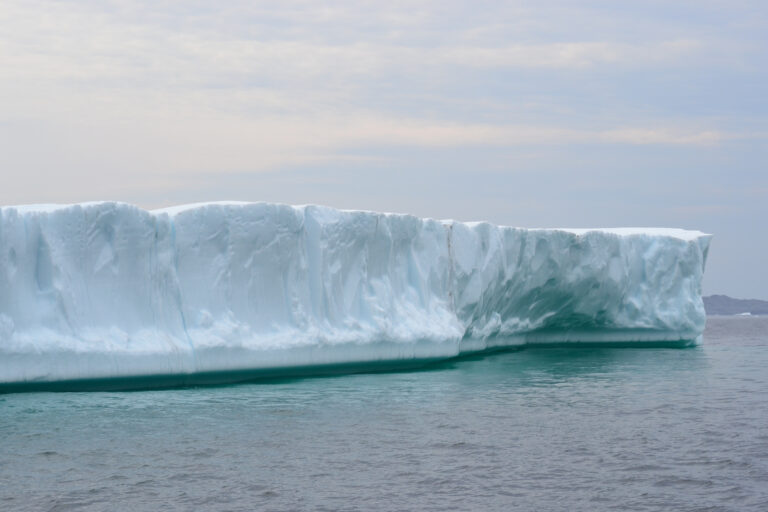
The Ultimate Guide to Newfoundland Iceberg Season
Welcome to Iceberg Alley, one of the most mesmerizing natural spectacles in Canada. If you’ve ever dreamed of seeing a massive iceberg drift past a rugged coastline, then Newfoundland and Labrador is your dream destination. Whether you’re planning your first iceberg tour or returning for another season, this guide will tell you exactly where to…

The Ultimate Guide to Getting to Newfoundland
Newfoundland and Labrador, Canada’s easternmost province, offers travelers a unique blend of rugged natural beauty, rich history, and vibrant culture. Planning a trip to this captivating destination involves understanding the various transportation options available. Here’s a comprehensive guide to help you navigate your journey to Newfoundland. Ads are how we keep our blog free for…
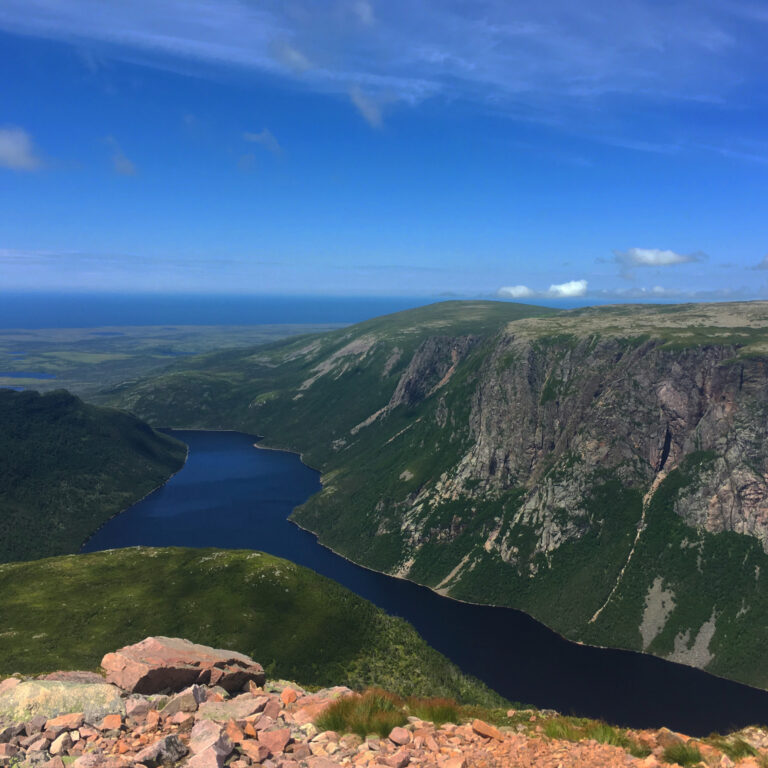
Best Things To Do in Gros Morne National Park, Newfoundland
Gros Morne National Park is a place of breathtaking, rugged landscapes and endless adventure. Located on Newfoundland’s west coast, this UNESCO World Heritage Site is a paradise for hikers, wildlife lovers, and outdoor enthusiasts. Whether you’re trekking through ancient fjords, summiting Gros Morne Mountain, or exploring coastal fishing villages, there’s no shortage of ways to…
